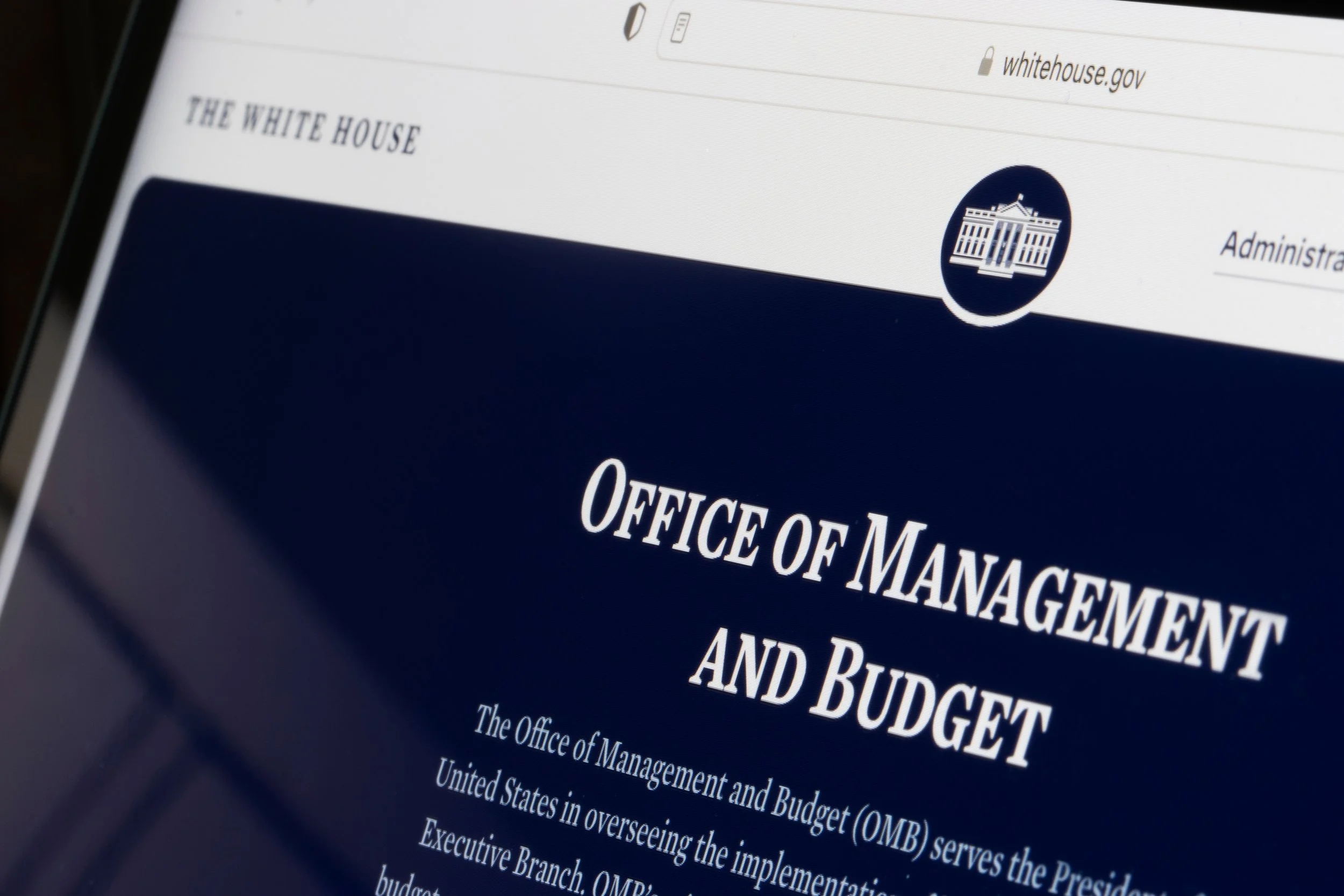OMB Simplifies Federal Grant Guidance, Aims to Boost Access, Transparency
Updated guidance on the federal grant process aims to make it easier to apply for federal assistance and to open applications to a wider group of recipients, especially those in underserved communities.
The updates to the Uniform Grants Guidance from the Office of Management and Budget (OMB) aim to empower “Americans to find Federal programs that can help them in a time of need. This will make it easier to apply for Federal funds and track how money is spent.”
This action is the most significant update to the guidance since it was first issued in December 2013, when the federal government was issuing about $600 billion in grants annually. Now, the government issues approximately $1.2 trillion in grants annually.
The overarching goal of the guidance is to streamline and clarify requirements for federal funding so that “recipients can invest in mission outlines rather than in administrative overhead, while ensuring Federal agencies can effectively safeguard taxpayer resources.”
The guidance was revised after input from over 50 federal agencies, as well as state, local, and tribal governments, non-profits, colleges and universities, and the private sector.
OMB made the following updates:
· Reduce unnecessary compliance costs by reducing prior approvals that recipients must receive, clarifying ambiguous funding terms, and increasing focus on data from program development and implementation.
· Remove barriers to entry by completely revising the Notice of Funding Opportunities (NOFOs) for federal agencies and ensuring that they are communicated in plain language. The goal is to expand access to federal grants by making the language surrounding grant opportunities “as clear and concise as possible.”
· Ensure assistance serves intended communities.
OMB set an implementation deadline of October 1, 2024.
According to GovExec, OMB Deputy Director for Management Jason Miller said this guidance is all about expanding opportunity.
“Of course, we need strong and clear rules for how federal funds are spent, but those rules should add value, not create check-the-box burdens,” said Deputy Director Miller. “Red tape, even when well-intended, increases costs and reduces the amount federal funding recipients can spend on delivering outcomes. Lowering, burden, which is exactly what this new guidance will do, means that we will get more value from every dollar.”


